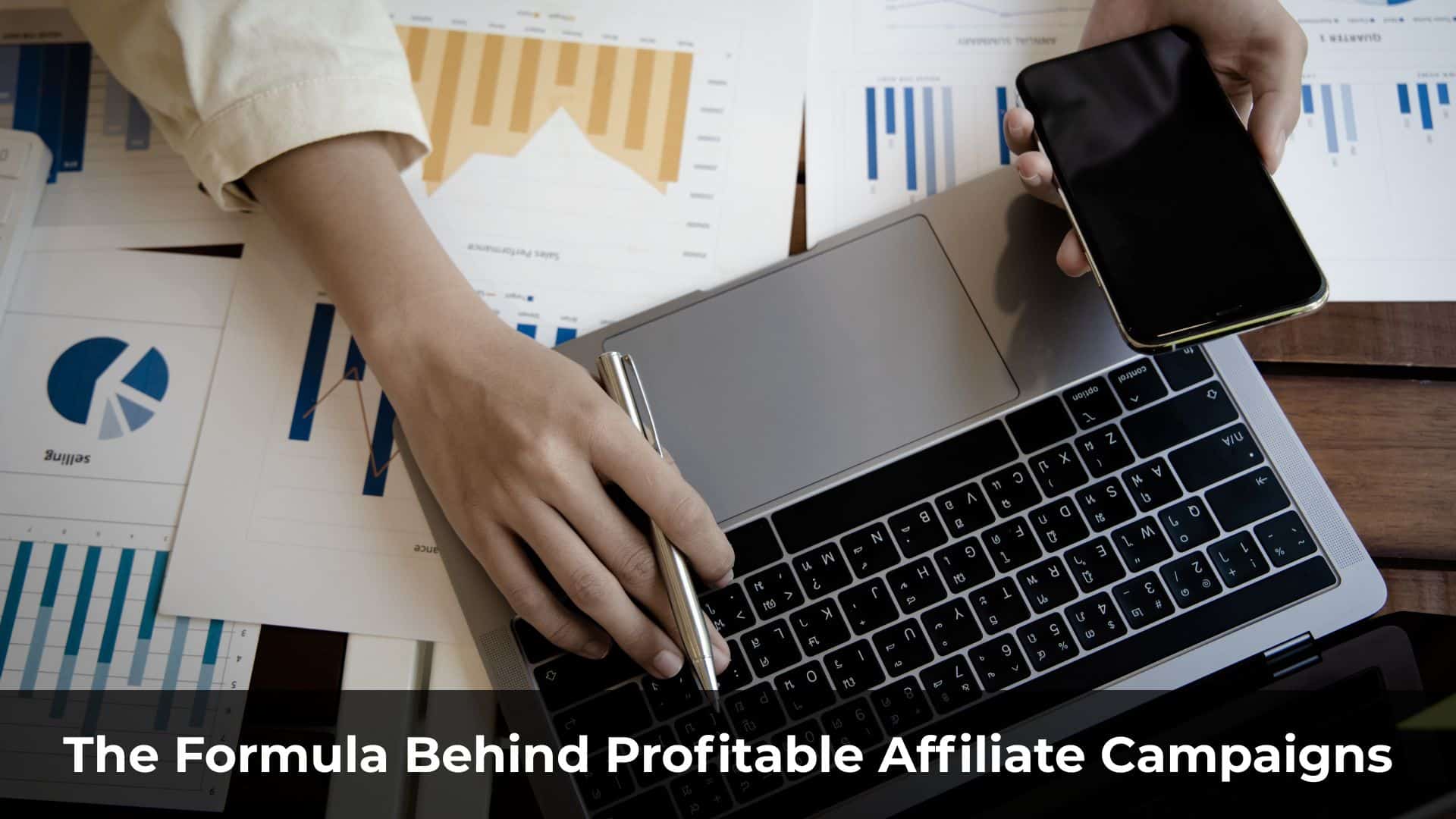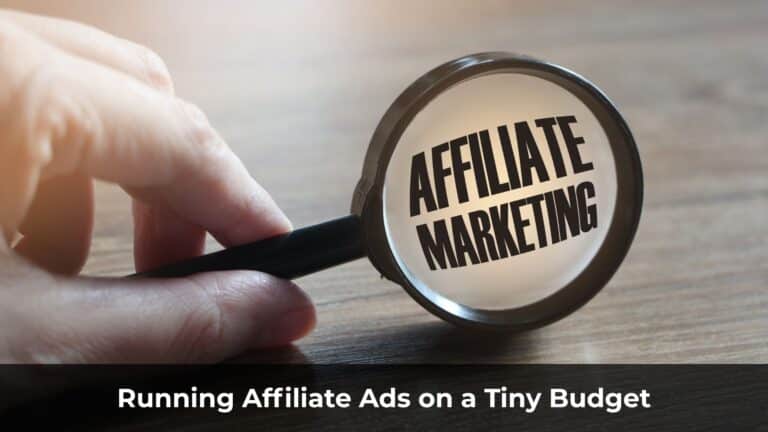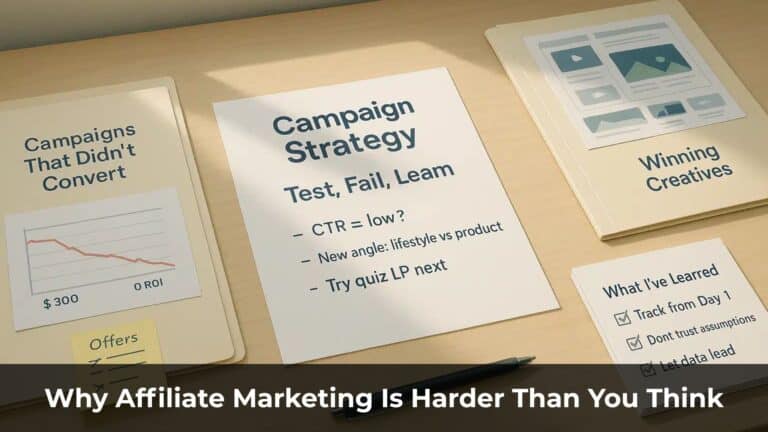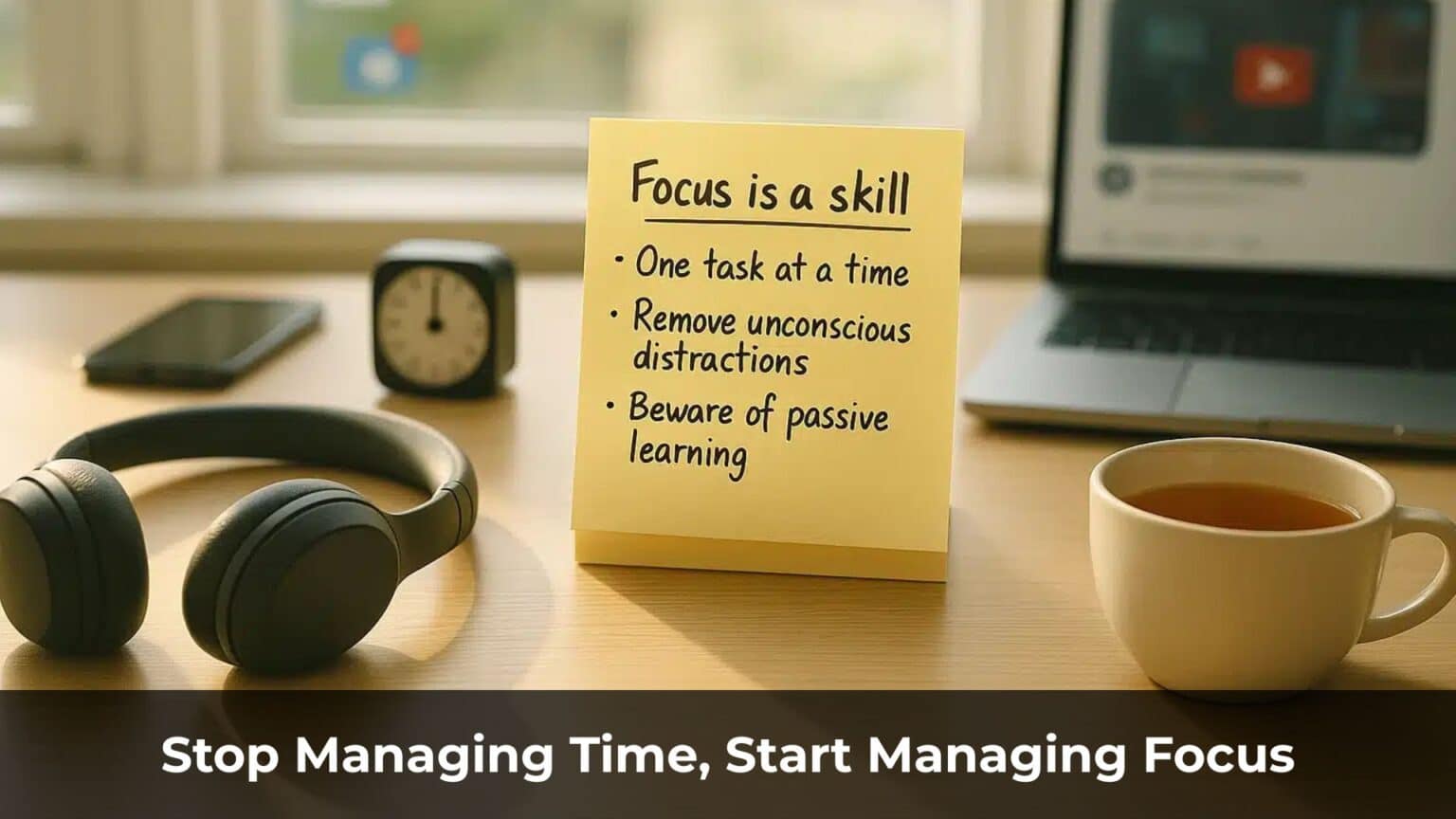When you’re just starting out in affiliate marketing, even a few daily conversions can feel like a major win. But at some point, you begin to wonder: How do the top affiliates scale to those massive, eye-popping numbers?
It’s not just about working harder.
After spending years studying high-performing campaigns — my own and others’ — I began to see clear patterns. Certain decisions, certain skills, and certain ways of thinking consistently led to breakthrough results.
In this post, I want to walk you through the key ingredients behind campaigns that don’t just break even — they explode.
Think it’s too late to level up? It’s not.
Table of Contents
ToggleKey Elements of a High-Profit Affiliate Campaign
Everyone talks about “scaling up” — but few understand what actually makes a campaign scalable and consistently profitable. It’s not just about choosing the right offer or launching more ads. Behind every big number is a structure that supports it. Let’s break it down.
1. Cash Flow
If you want to scale big, your campaigns need to run non-stop — and that requires a steady stream of ad spend. Nothing kills momentum faster than discovering a winning offer… and not having the budget to keep it going.
Picture this: you’re running a $10,000/day campaign. Things are going well — until you hit a cash wall. Your budget runs dry, and now you’re stuck waiting days or even weeks for your affiliate network to pay out before you can resume.
Meanwhile, the offer doesn’t wait. Neither do the other affiliates. In just a short time, the opportunity window can slam shut, and your golden moment is gone.
Fortunately, cash flow is one of the easiest problems to solve in affiliate marketing.
The first fix? Get a high-limit credit card. Use it to float your ad spend while waiting on payouts. Once your affiliate earnings land, pay it off. Rinse and repeat.
Another option: request more frequent payouts. Weekly payments are usually enough to keep things running smoothly.
If the network says no, pause your traffic. Call your affiliate manager, explain the cash flow issue, and let them know you’ll resume scaling once payment terms improve.
Every problem has a solution. You just have to think like a strategist.
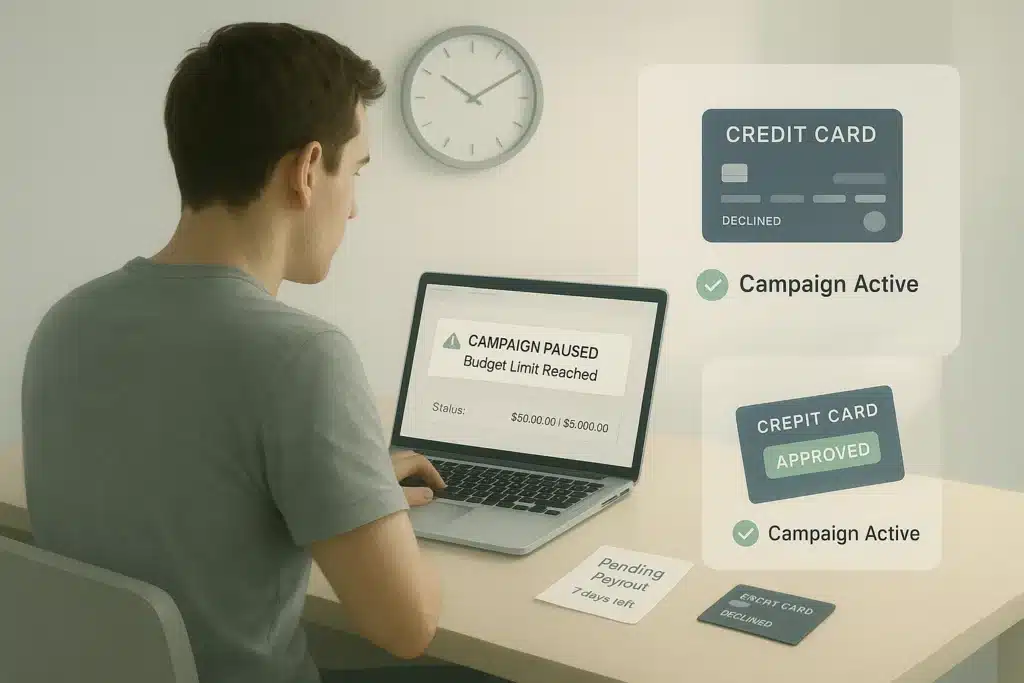
2. Broad Niches, Big Markets
Not every offer can scale.
If your target market is too narrow, you’ll hit a ceiling fast — no matter how optimized your campaign is.
Big affiliate campaigns usually target massive markets: health, beauty, weight loss, gaming, mobile apps, and more. Yes, competition is tougher. But the sooner you get used to it, the faster you’ll grow.
Also, the way you target inside your traffic source or network matters. Go too narrow, and your traffic source simply won’t be able to deliver enough volume.
Now, trimming low-performing placements or cutting off bad time windows can boost ROI — but it also limits your reach.
Scaling is about balance. High-volume campaigns tend to target broad audiences, and they often rely on better-optimized funnels to convert more efficiently.
3. Offers That Can Handle Scale
Here’s the key question: Can the advertiser actually handle big volume?
CAPs are the enemy of scale. With lead gen offers, for example, advertisers often need time to verify lead quality — otherwise, they risk losing money.
What if it’s a physical product? If you send a flood of traffic and they don’t have enough stock, fulfillment falls apart.
Even with digital products or installs, advertisers may face their own constraints — like limited cash flow to pay for sudden surges in traffic.
I’ve been there. I once pushed a large volume to an offer that looked promising, only to find the advertiser couldn’t keep up. I had to reroute traffic to weaker offers just to maintain my ad positions with the traffic source.

4. Build a Moat
When you’re running a high-volume campaign, it’s only a matter of time before competitors catch wind.
The more ad impressions you generate, the more visible you become. Other affiliates will start dissecting your ads, landing pages, and angles.
On top of that, affiliate managers — whether intentionally or not — can leak information. Maybe your manager keeps things confidential, but others at the network can still see which offers are driving the most volume, and that info spreads fast.
That’s why you need a moat — a set of defenses that make your campaign harder to copy and harder to compete with.
Some examples:
- Relationships: I’ve worked with certain networks, managers, and advertisers for over five years. When something goes wrong, we can solve it fast — together.
- Exclusivity: Buy out traffic sources. Lock in exclusive offers. Push out the competition.
- Systems: Build systems that keep your campaigns running like a machine, even when you’re offline.
- Optimization Formula: Others might spy your offer or your landing page — but they won’t know how you’re optimizing behind the scenes.
- Execution Speed: How fast can you launch? How many offers can you test per day? Execution is a moat.
- Team Power: A solid team multiplies your firepower. In affiliate, numbers matter.
- Traffic Mastery: If you truly understand your traffic source, you’ll always have an edge over the ones just copying creatives.
Earning $10,000 a day feels amazing. But keeping it going all month long? That takes a moat.
Two Common Types of High-Volume Campaigns
Over the years, I’ve seen two distinct types of campaigns that consistently hit high volume.
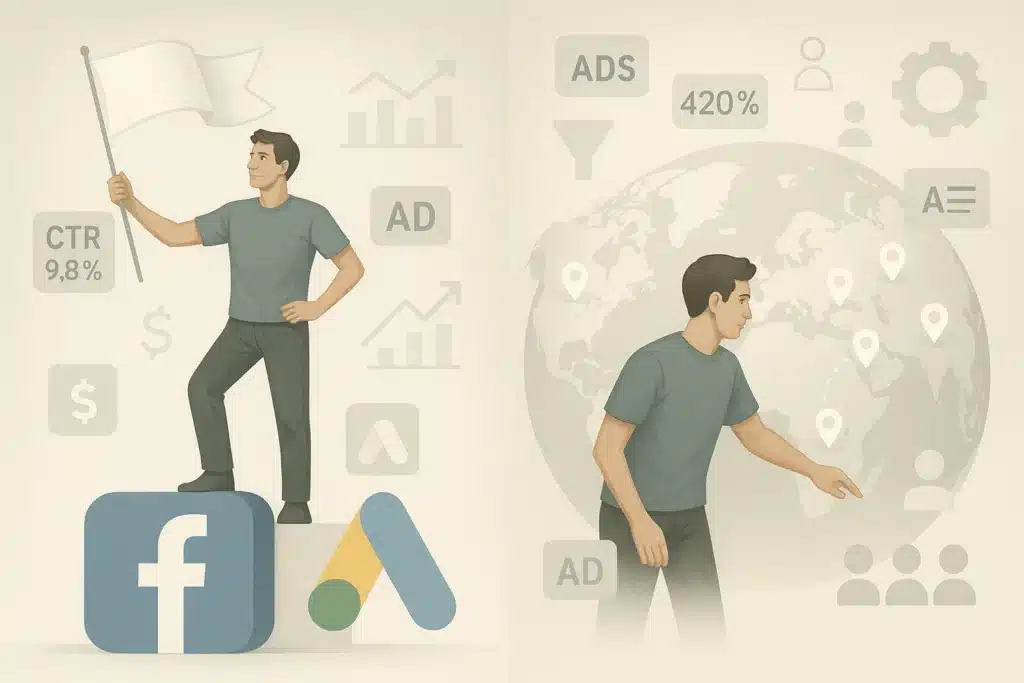
1. Dominating a Single High-Volume Traffic Source
Not all traffic sources can deliver serious volume. If you’re running ads on smaller platforms, it’s going to be hard to hit $10,000 a day.
But I’ve seen marketers pull in over $100,000 in a single day — by leveraging traffic giants like Facebook, Google Ads, mobile DSPs, and large-scale media buys.
The downside? You’re putting all your eggs in one basket. If that traffic source goes down or performance tanks, your entire campaign can collapse.
2. Wide-Area Scaling
Instead of going deep on one traffic source, you can scale horizontally across multiple sources and geos.
Take mobile traffic, for example:
- $1,000/day on Traffic Source A in Spain
- $500/day on the same source in Mexico
- $1,000/day on Traffic Source B in South Africa
- $750/day on Traffic Source C in Germany
This approach focuses on a single niche but scales it across borders — multiple countries, multiple traffic platforms.
Once you’ve got a solid angle, ads, and landing page, the goal is simple: scale as wide as you can.
Of course, this comes with its own headaches — broken banners, disappearing offers, unstable results. At times, it can feel overwhelming.
To survive those sleepless nights, I live by three keywords: people, systems, organization.
Time Isn’t Always Money
One of the things I love most about affiliate marketing is this: working harder doesn’t always mean earning more.
When I was just starting out, I used to believe the top affiliates making $20,000 a day must be grinding 16 hours a day, nonstop.
I remember a $500/day campaign I once ran — it was profitable, but it demanded a ton of my time. The traffic source was ultra-competitive, and I was constantly fighting to stay ahead.
Eventually, I had to pivot. I started testing other traffic sources and stumbled onto a goldmine.
That new campaign 10x’d my profits — while cutting my workload down by 90%. Less effort, more return.
But here’s the truth: by the time that breakthrough happened, I already had the right foundation in place — strong cash flow, the right traffic source, the right offer, and a solid moat to protect it all.
